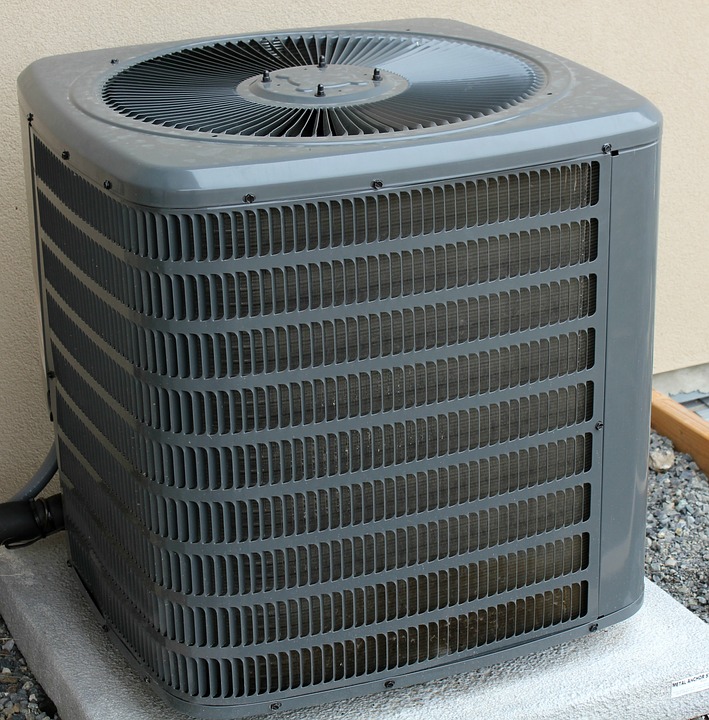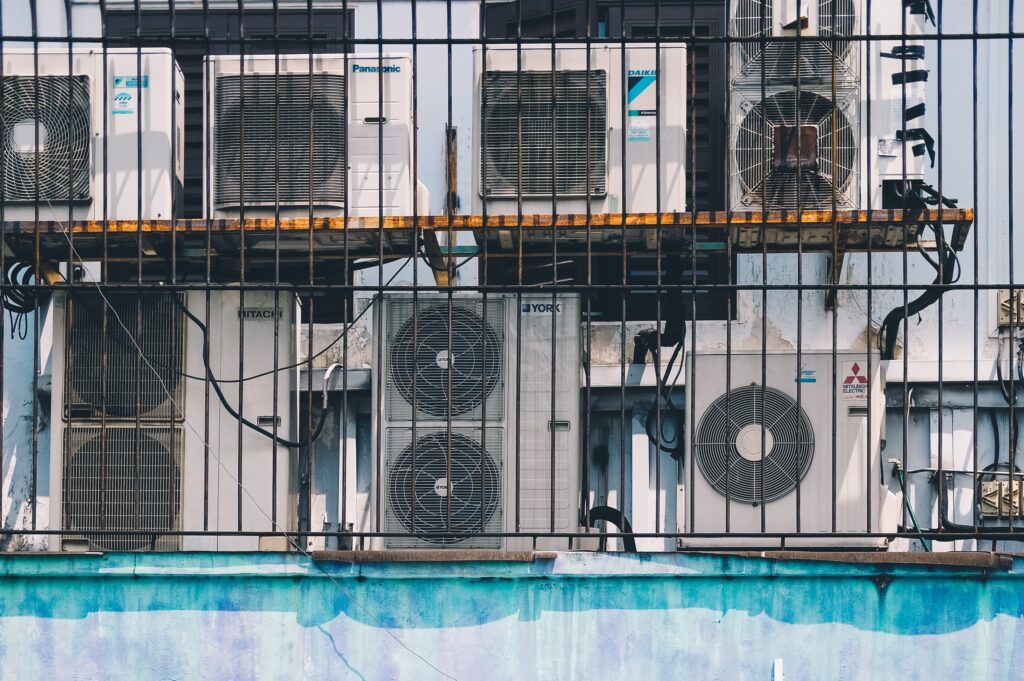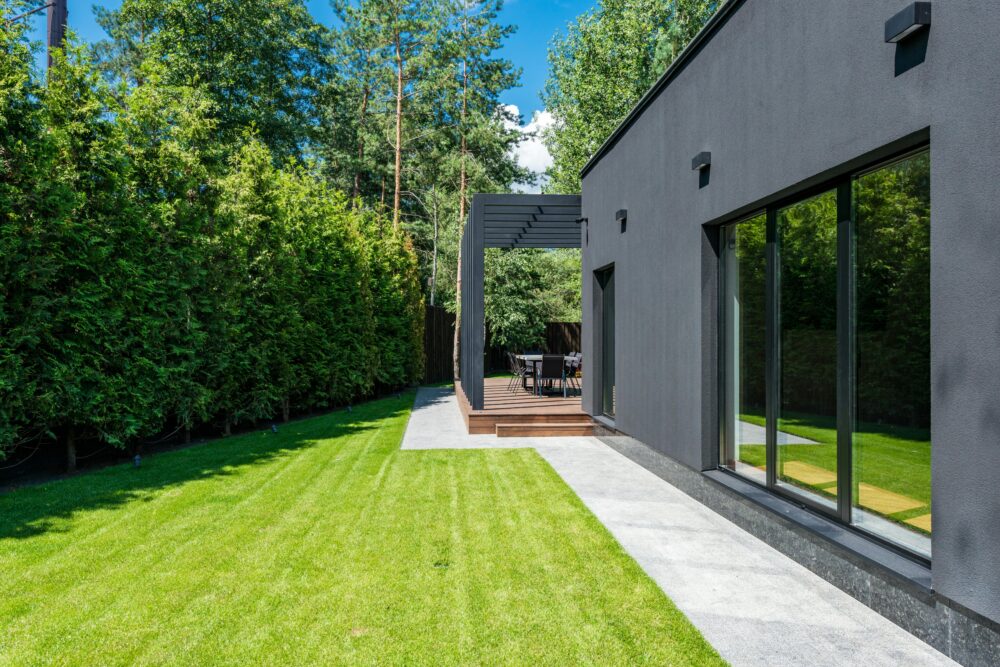
If your old home has cooling and heating systems such as radiators, boilers, and window air conditioners, it’s time you upgrade. Although many of these outdated units have stood the test of time, they have long exceeded their lifespan and are straining to keep up. Technology has been developing very fast. Modern Air conditioners are more energy-efficient, less noisy, and deliver more convenience with devices such as smart thermostats.

Here are the steps to follow when installing a central air conditioner unit in your old home.
Conduct Load Calculation
When installing a central AC in your old home, begin by performing a load calculation. This is a complex inspection and evaluation procedure that shows your HVAC expert the amount of cooling or heating your old house needs. It estimates the physical and thermal properties of the building. The load measurement also includes complicated math equations that consider all the variables that affect the heating and cooling of your home.
Carry Out an Energy Audit
The next step in installing a central air conditioner is performing an energy audit. This procedure is made to discover areas around your home that use the most energy and where power wastage is happening. The energy audit will inform you where you have to target energy-saving measures, insulation and sealing projects, and other methods to minimize the amount of power you use and boost the building’s energy efficiency.
Seal and Insulate
To get the highest efficiency and performance from your new central AC and keep heating and cooling costs to a minimum, make sure your old house is sealed and insulated properly. Sealing entails identifying and covering gaps, holes, cracks, or other spaces that cool air could escape out and warm air could flow in. You can boost your old home’s insulation by installing more insulation to floors, walls, ceilings, and foundations. Fiberglass or blanket insulation is frequently used for this procedure.
Buy the Right Size
You can determine the right central air conditioner size for your old house from the load calculations. In this situation, size does not pertain to the AC unit’s physical proportions but rather to its operational capacity. A small-sized air conditioner won’t adequately cool your home. Furthermore, the AC will strain to meet temperature requirements, which adds tear and wear, reducing the unit’s lifespan.
An AC that is too big for your house will generate too much heating and cooling and cause energy wastage. Buying the right AC size will generate the right amount of cooling your house requires and satisfy your unique comfort needs.
Upgrading your old home’s air conditioning may seem like a daunting task. However, when done correctly, you will improve your comfort levels and your old home’s energy efficiency.


